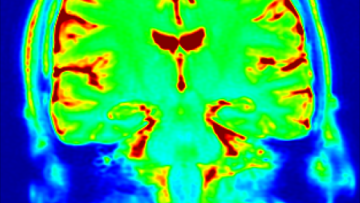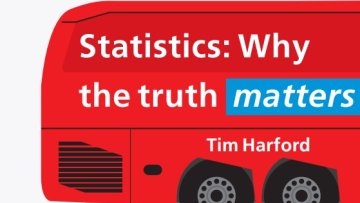11:00
Model Theory of Shimura Varieties
Abstract
Given a Shimura variety, I will show how to define a corresponding two-sorted structure. Based on work of Chris Daw and Adam Harris, we will study what is needed for the class of this structures to be categorical. Of course, an introduction to Shimura varieties will be given.




